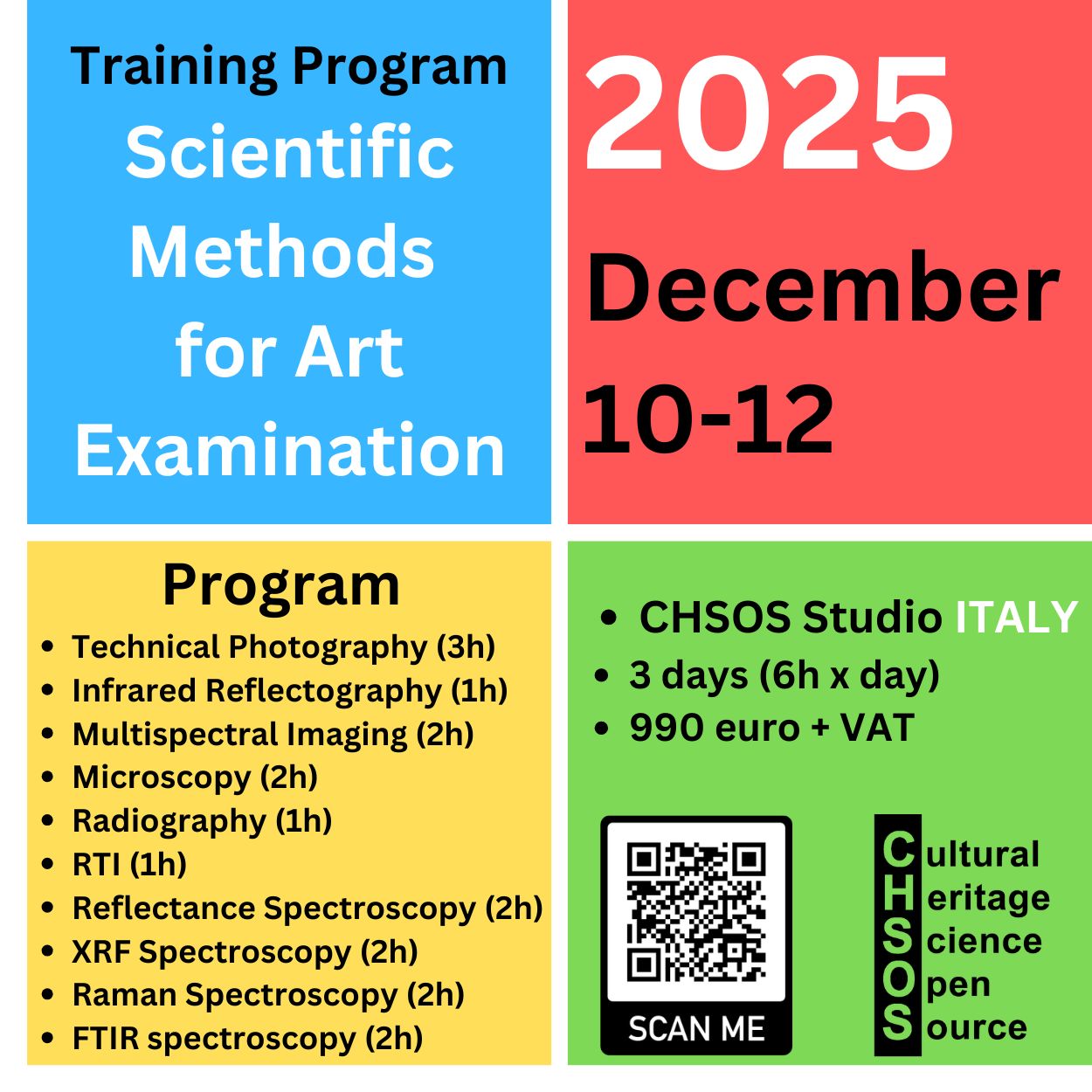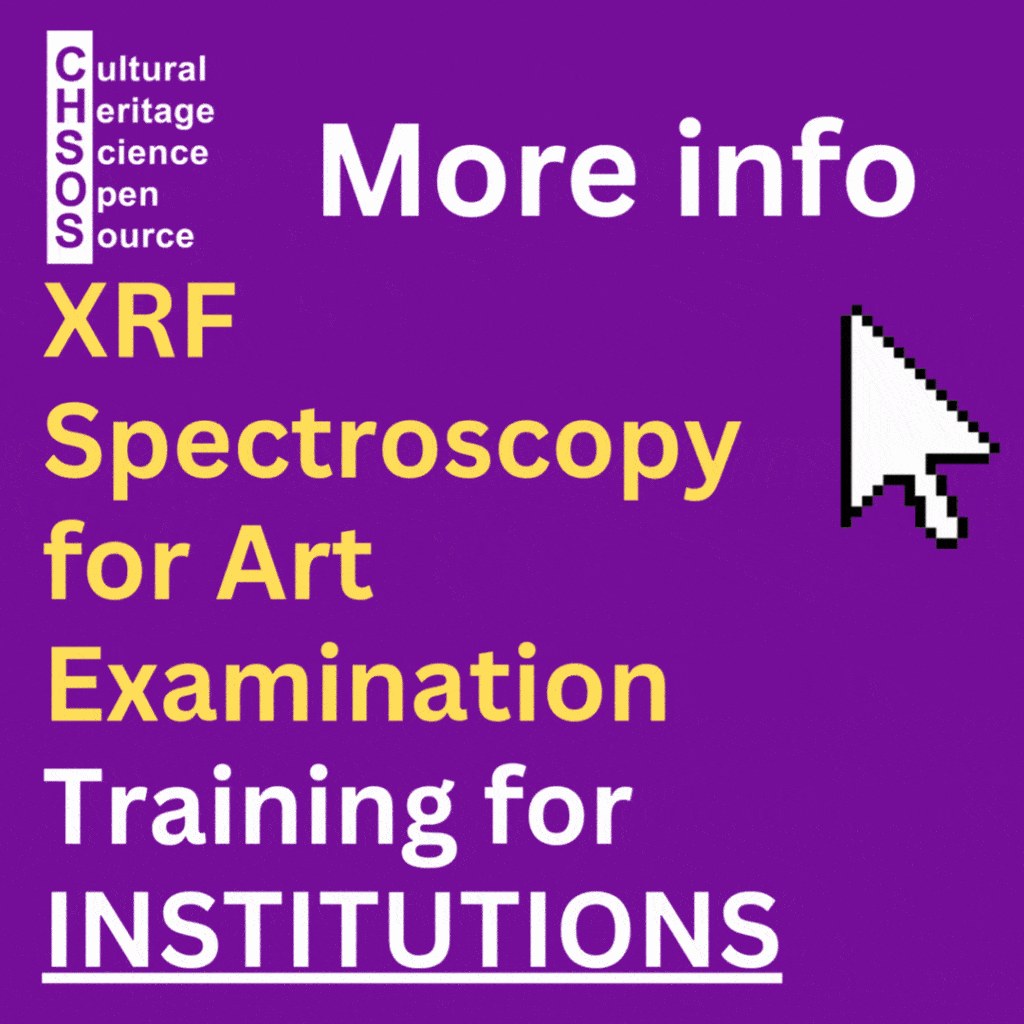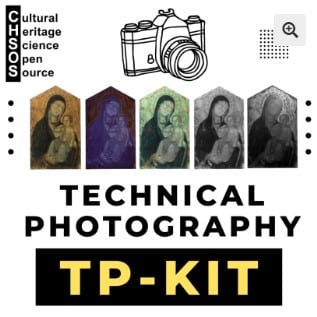Home » Products » Antonello – MSI System for Art and Archaeology » MSI case study: Nuremberg Chronicle
MSI case study: Nuremberg Chronicle
This case study showcases the use of the Antonello MSI system on a 15th-century historical print: a sheet from Schedel’s World Chronicle, also known as the Nuremberg Chronicle. This illustrated world history represents the major work of German historian Hartmann Schedel, first published in Nuremberg in 1493 in both Latin and German editions. Today, scholars consider it the most important illustrated incunable. The original manuscript by Schedel is preserved at the Bayerische Staatsbibliothek.
Following the tradition of medieval chronicles, the Nuremberg Chronicle organizes world history into distinct eras. In 1487, artists Michael Wolgemut and his stepson Wilhelm Pleydenwurff began designing its woodcut illustrations. The young Albrecht Dürer, then an apprentice in Wolgemut’s workshop, likely contributed to some of the work.
Anton Koberger printed the Chronicle in Nuremberg. The Latin edition, which circulated widely across Europe, was likely produced in greater numbers than the German edition.
Sheet 23 × 22 cm.
Antonello – MSI system (18 filters, plus software)
Multispectral Imaging of 16th-Century Colored Woodcuts with Antonello
We used the Antonello multi-spectral imaging system to examine a set of 16th-century colored woodcuts, aiming to analyze the pigments and assess the authenticity of the coloring.
The imaging process began by positioning the woodcuts under the camera and setting up the scene with registration targets and a calibration card. We mounted the filter adapters and captured a series of spectral images, starting with a filter centered at 405 nm. For each filter, we carefully checked focus and exposure before taking the shot.
This procedure was repeated across 18 different wavelengths, ending with the final spectral image. The complete set was then calibrated and processed using Antonello’s dedicated MSI software.
The results included false color maps that highlight each pigment with a unique color signature, allowing for clear visual differentiation. We also reconstructed reflectance spectra to identify the materials used.
The analysis revealed the presence of modern pigments such as cobalt blue, cadmium yellow, and chrome green—materials that only became available after the 19th century. This indicates that the coloring of the woodcuts is not original, but rather the result of a later intervention.
Resources
Nuremberg Chronicle as it is generally called, is one of the most important German incunables and the most extensively illustrated book of the 15th century. The Library offers the complete digital scan of its incunable.








